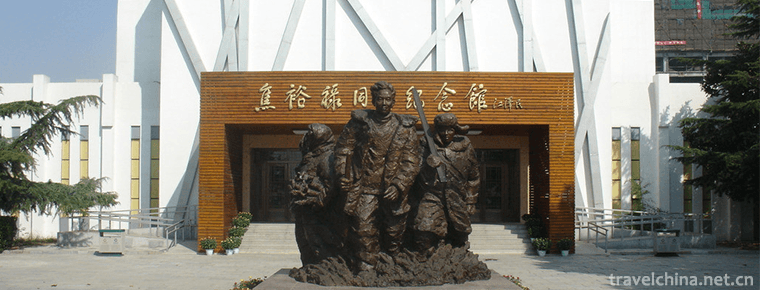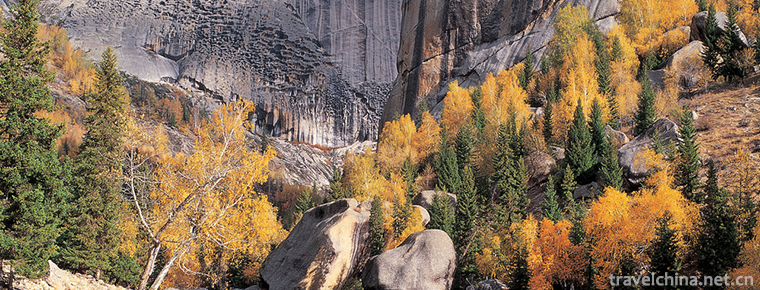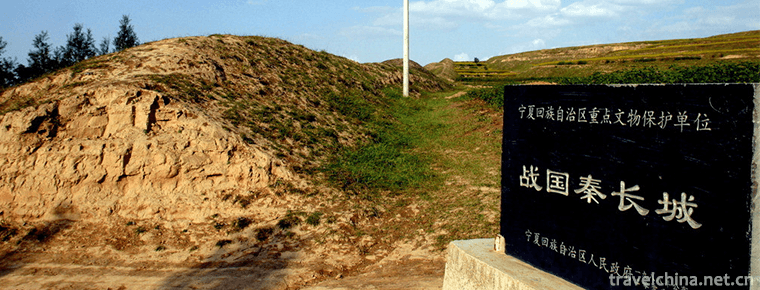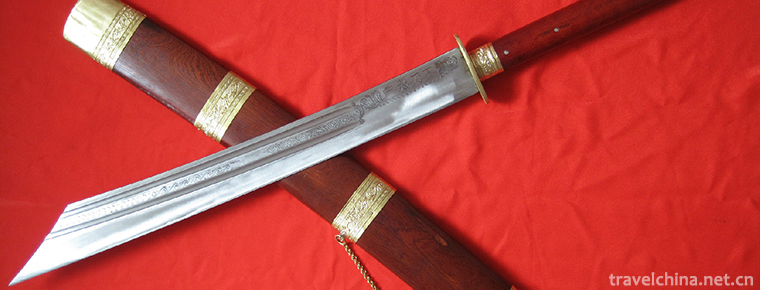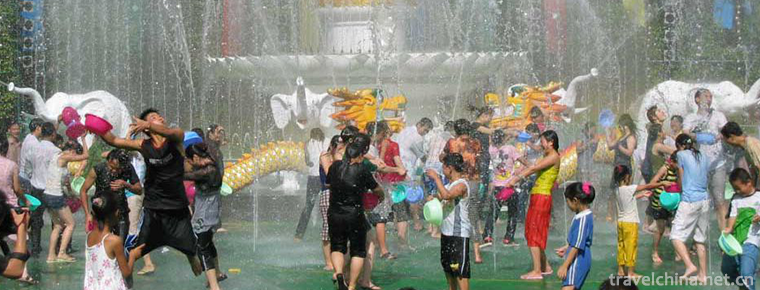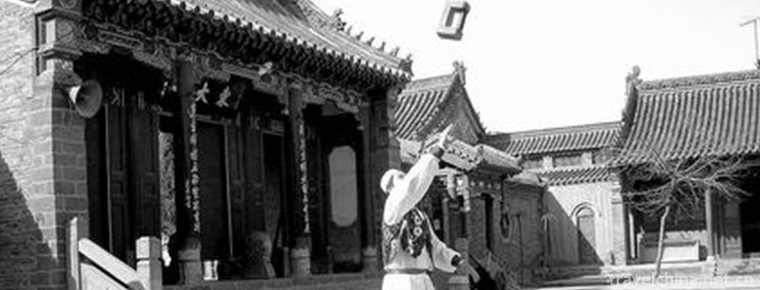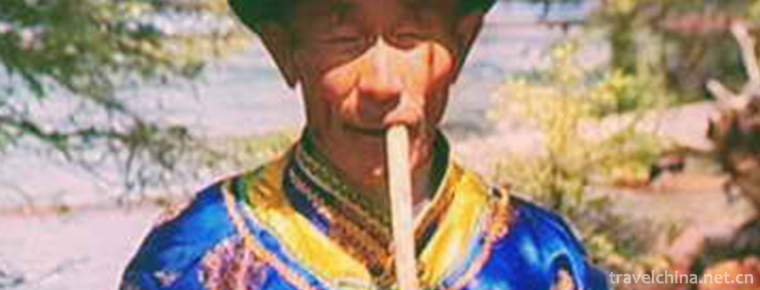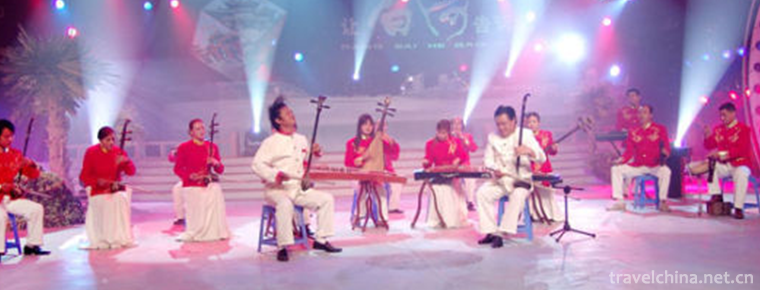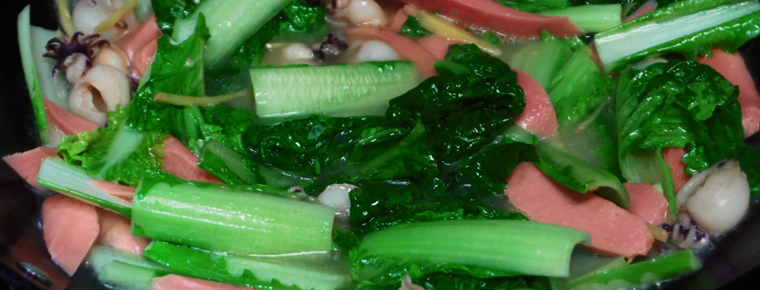Baoxiangsi Scenic Area
Baoxiang Temple scenic spot is located in the northwest corner of Wenshang County. It is a famous Buddhist cultural tourist resort in China. Baoxiang Temple scenic spot is a national AAAA level scenic spot. Baoxiang Temple, the core attraction of the scenic spot, was built in the Tang Dynasty. Its original name was Zhaokong Temple. When Song Zhenzong fenced Mount Tai of Chan, it was stationed in Zhewen. Zhaokong Temple of Royal Gift was Baoxiang Temple. After thousands of years of vicissitudes of life, it has become a treasure land for the imperial generals and celebrities to visit Buddhas and become a famous temple in Qilu. On March 15, 1994, 141 Buddhist sacred relics such as Buddha's teeth and Buddha's relics unearthed in the Palace of the Prince's Spirit Tracker Pagoda of Baoxiang Temple, especially the appearance of Buddha's teeth and Buddha's relics of Sakyamuni, shocked the whole country, shocked the world and made Baoxiang Temple enjoy the reputation of "the Second Famen Temple" at home and abroad.
Historical evolution
Baoxiang Temple, located in Wenshang County, Shandong Province, is one of the earliest Buddhist temples in China. From the existing statues of bronze and gold Buddha in the Northern Wei Dynasty, stone-carved Maitreya in the Eastern Wei Dynasty, Prajna tablet in the Northern Qi Dynasty and the inscription stone in the Buffalo Mountain Cliff Dou, a large number of Buddhist relics records show that the original name of Baoxiang Temple was Zhaokong Temple, which should be built in the Northern and Southern Dynasties. It has a history of more than 1,500 years. It was a famous imperial temple in the Northern Song Dynasty, and was a famous monastery in the first year of Dazhong Xiangfu (A.D During the return journey through Qufu and Zhongdu, the Zhaokong Temple of Royal bestowal was Baoxiang Temple, and lived in Zhubaoxiang Temple. The Prince's Spirit Tracker Tower in the temple was built between the sixth year of Xining and the second year of Zhenghe (1073-1112 A.D.). It is a typical Royal Buddha's Tooth Pagoda built by Tai Yun, an assistant virtuous monk in charge of Buddhism, who was bestowed by the Purple Monk Zhirou by the Beijing Master and imitated the inspiration pagoda of Kaibao Temple (now Kaifeng Iron Pagoda).
In 1938, Japanese invaders shelled Baoxiang Temple and Xueshu Huang'an Street, leveling the ancient temples for thousands of years and robbing them in turn; during the civil war in 1947, the body of the tower was severely damaged by artillery shells; in 1958, ten thousand kilograms of iron clock made in Taisan (479 A.D.) of the Northern Wei Dynasty in the temple was smashed into steel; in the early period of the Cultural Revolution, the railings of the tower were stolen and destroyed; in the early 1970s, the exposed tower foundation was cleaned up with cement. The skirt was protected and the underground palace treasure was lucky to escape that crazy age. It was not until 1994 when the pagoda was built and the cement skirt was removed that the entrance to the underground palace at the base of the pagoda was unexpectedly discovered. 141 Buddhist sacred objects such as golden coffins, silver coffins, Buddhist teeth, relics and kneeling Bodhisattvas were found in the pagoda palace. The unearthing of Buddhist relics shocked the whole country and the world. More than 140 countries and regions have reported one after another. The news was prominently published on the front page of People's Daily. CCTV broadcasted the news of the emergence of Buddhist relics in Wenshang on the news broadcasting program. Newspapers and radio stations around the country also reproduced and disseminated the news one after another.
Since 1995, the construction of Baoxiang Temple has been restored. Baoxiang Temple is an ancient temple and famous temple on the earth of Qilu after thousands of years of incense and fire.
Temple scenery
The main landscapes are: Prince's Spirit Track Tower, Devotion Hall, Pagoda Palace, Buddhist Capital Sacred Site Treasure Hall, Stele Gallery, Baoxiangsi Architectural Complex, Lifo Square and Lifo Avenue.
The Prince's Spirit Track Tower, built between the sixth and second years of Xining (1073-1112 A.D.), is an octagonal 13-storey Pavilion brick tower with a wooden-like arch structure. The tower is 41.75 meters high, exquisitely crafted, simple and elegant, magnificent, majestic and tall. It is a Song-style Buddhist pagoda conforming to the Architectural Regulations of the Buddha's Tooth Shrine Tower. The name of the tower is the original name recorded on the stone casket when the underground palace was opened in 1994. After the excavation of Buddhist sacred objects, every year on March 15 of the lunar calendar, major Buddhist activities are held to worship the sacred objects, attracting many Buddhist personages and tourists to worship. Around the 15th day of the March of the lunar calendar, Buddhist light appeared over the Prince's Spirit Tracking Tower, which became a spectacle attracting many tourists and residents. The worship Hall of Baoxiang Temple is now dedicated to Sakyamuni Sandalwood Golden Buddha and Bluestone Painted Sculpture of 18 Arhats. The pagoda palace covers an area of 80 square meters. The deep part of the pagoda palace is dedicated to Sakyamuni's real Buddha teeth.
Introduction
Wenshang Baoxiang Temple scenic spot is located in the northwest corner of Wenshang County in southwestern Shandong Province, formerly known as Zhaokong Temple. When Song Zhenzong Zen closed Mount Tai, it was stationed in Zhanwen. After thousands of years, the imperial Zhaokong Temple has been a treasure spot for emperor generals and celebrities. It has become a famous Buddhist Temple Temple on Qilu land. After thousands of years of storms and storms, the monastery remains intact. On March 15, 1994, 141 Buddhist sacred relics such as Buddha's teeth and Sari unearthed from the Pagoda Palace of the Prince's Spirit Tracker in Baoxiang Temple are extremely precious. After more than 10 years of restoration and construction, the Prince's Spirit Tracking Tower, the Temple of Devotion, the Pagoda Palace, the Buddhist Museum of Sacred Relics, the Stele Gallery and the Daxiong Palace have been successively completed. The Prince's Spirit Tracking Tower is a Buddhist pagoda of the Song Dynasty. It is 45.5 meters high and 13 levels. It is the highest level of Buddhism. This proves that the Buddha's teeth and relics worshipped by the pagoda Palace are the spirits of Buddha. The Hall is dedicated to Sakyamuni sandalwood gold-pasted Buddha and blue stone painted sculptures of 18 Arhats. The pagoda palace covers an area of 80 square meters. The deep part of the pagoda palace is dedicated to Sakyamuni's real Buddha teeth.




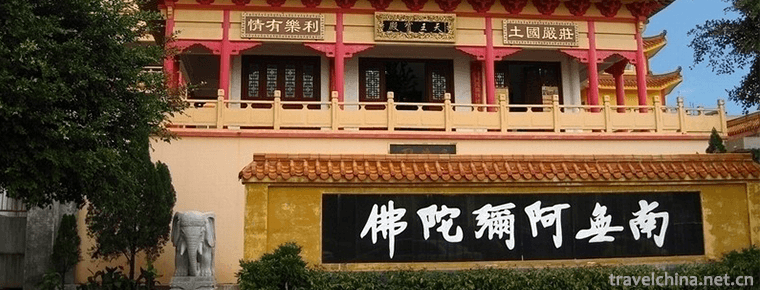
-
Jiao Yulu Memorial Park
Jiao Yulu Memorial Park (formerly Jiao Yulu Martyrs Cemetery) was built in February 1966. It is located on the old embankment of the Yellow River in the north of Lankao County, Kaifeng City.
Views: 153 Time 2019-01-22 -
Linhai Qishi Scenic Area
Linhai Qishi Scenic Area is located in Tangwanghe District, Yichun City, Heilongjiang Province. Scenic area covers 190 square kilometers. It is a new eco-tourism area and National Geological Heritage .
Views: 187 Time 2019-01-30 -
The Great Wall Site of Qin Dynasty in Ningxia
The site of the Great Wall of King Zhao of Qin Dynasty was built in the twenty-fifth year of King Zhaoxiang of Qin Dynasty (272 BC). It was built to defend against the invasion of the Huns in the sout.
Views: 120 Time 2019-02-07 -
Panlongxia Ecotourism Area
Panlongxia Ecotourism Area is located in the northwest of Deqing County, Guangdong Province, about 28 kilometers away from the county seat. The whole ecotourism area covers an area of 30,000 mu.
Views: 151 Time 2019-02-07 -
The Forging Skill of Achang Husha Knife
Achang household knife forging technology, Yunnan Dehong Dai Jingpo Autonomous Prefecture Longchuan County household Sa Township traditional handicraft, one of the national intangible cultural heritag.
Views: 190 Time 2019-03-28 -
Water splashing Festival
Dai Water-Splashing Festival is also called "Bath Buddha Festival". Dai language is called "Sangkangbimai" (meaning "New Year"). Dai people in Xishuangbanna Dai Autonomou.
Views: 421 Time 2019-04-24 -
Throw stones Lock
Throw stones Lock is an ancient martial arts skill item, which originated in the Tang and Song Dynasties. It has been widely circulated among the Hui people in Kaifeng for a long time. During the Qing.
Views: 106 Time 2019-05-13 -
Mongolian Chur
"Chuoer" is an ancient vertical wind instrument of Tuva people of Mongolian nationality in Xinjiang, which mainly distributes in Mongolian inhabited areas of Altay region. The Tuva people of.
Views: 86 Time 2019-06-03 -
Xiping Folk Song
Xiping Folk Song is a traditional folk song in Xiping Town, Xixia County, Nanyang City. Xiping Town, located in the hinterland of Funiu Mountain in Western Henan Province, is located in the combinatio.
Views: 213 Time 2019-07-01 -
Ring Dance of Yi Nationality
Ling Dance of the Yi Nationality, to be known as foot-jumping, is called "Qi He Zhe" in the Yi language, which means the spiritual farewell dance. It is a traditional folk dance performed an.
Views: 125 Time 2019-07-12 -
Sausages with cuttlefish
Cuttlefish, also known as cuttlefish, squid. Cuttlefish is delicious, nutritious and of high medicinal value. It is rich in protein, fat, inorganic salt, carbohydrate and many other substances. In add.
Views: 250 Time 2020-04-10 -
Neijiangs first industry
In 2019, the sown area of grain crops in Neijiang is 309600 ha, an increase of 0.3% over the previous year; the sown area of oil crops is 79900 ha, an increase of 0.4%; and the sown area of vegetables is 78100 ha, an increase of 2.3%. The total grain output .
Views: 298 Time 2020-12-16
